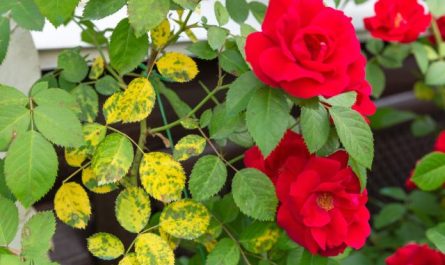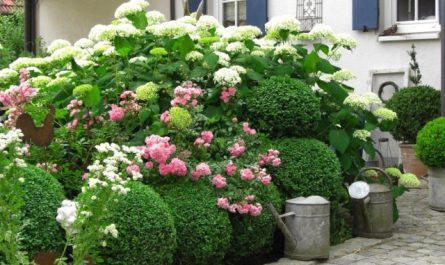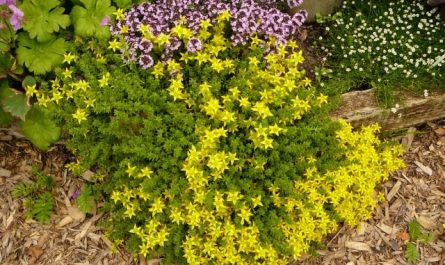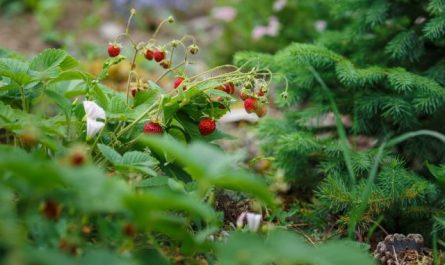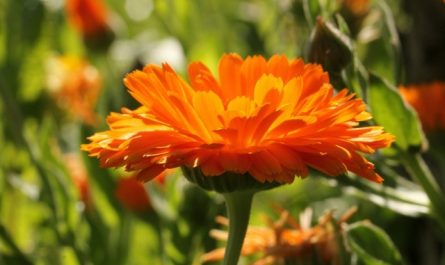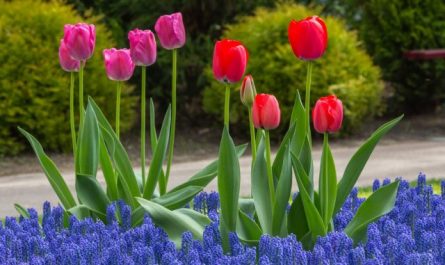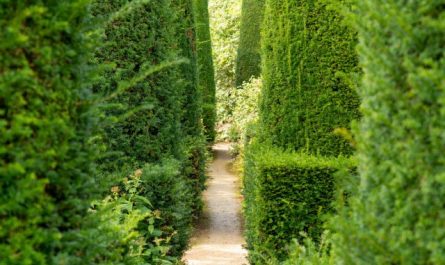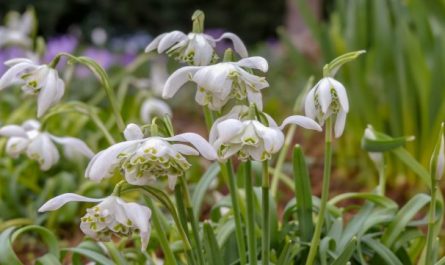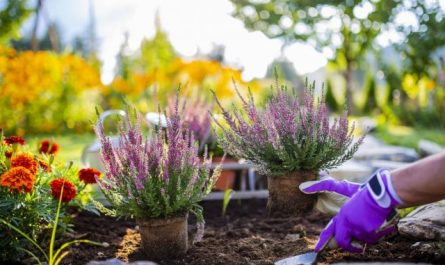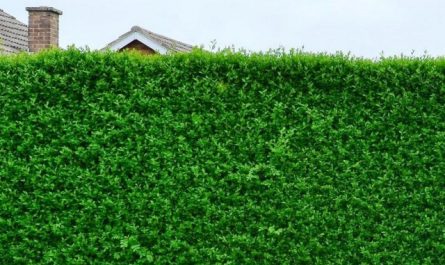Planting a tree is not just digging a hole. It is very important that your tree is beautiful and healthy for many years. To do this, you should pay attention to some subtleties during the planting process, because proper planting is crucial for the health of the tree. In this article, we will look at mistakes that can prevent a tree from living a long healthy life.

13 Tree Planting Mistakes and How to Avoid Them
1. Planting too deep
Planting too deep is one of the easiest and most common ways to kill a newly planted tree. The root collar is the base of the tree trunk where it widens and becomes the roots underground. When planted, the root collar should be level with or slightly above the surrounding soil. When it is below ground level, the trunk remains constantly wet, which leads to rot and eventual death of the tree. An experienced gardener can sometimes save the tree by carefully removing the soil and root mass above the root collar.
2. Placing mulch too close to the trunk
Planting a tree too deep isn’t the only way to damage the base of a tree. Accidentally placing too much mulch around the trunk can also damage the root collar. Mulch is good for the health of young trees, so there’s no need to skip mulching, and this problem is easy to prevent: just make sure the mulch is 10-15 inches away from the base of the tree.
3. Wrong choice of location
Another common mistake when planting is choosing the wrong place. Planting without observing agricultural technology for a particular species can shorten the life of the tree. This mistake can also lead to damage to nearby buildings and cause many other problems. For example, an oak planted in a tiny area will quickly outgrow the space allotted to it. And a spruce with a shallow root system can crush other plants.
Select a tree representative based on important parameters well before planting.:
- including the size of the tree at maturity,
- location of utility networks,
- sun and water requirements,
- frost resistance level.
Choosing the right species and planting it in the right location will ensure that your tree stays healthy longer.
4. Applying fertilizer close to the roots
Although it is usually recommended to add mineral fertilizers to the planting hole, you need to make sure that the granules do not come into contact with the roots, especially if the root system of the seedling has been damaged. Careless use of fertilizers during or immediately after planting a tree can lead to root burn. In addition, fertilizer does not promote root growth in newly planted trees. For this, there are growth activators.
5. Unsuitable soil
If you have very sandy or heavy clay soil, you may want to change the filling of the planting hole when planting to give the tree a good start.
The choice of seedling depends on the type of soil at the planting site. Drought-resistant species are better suited for sandy soils, and moisture-resistant trees are better suited for heavy clay soils.
Check the drainage scheme of the planting site. If you have low areas, either raise them or arrange drainage.
6. Insufficient watering

Water is key to tree growth. When trees are not watered consistently, they become stressed, making them more susceptible to disease and insect attacks. Watering trees in the first couple of years after planting is especially important to help trees develop new roots.
7. Overwatering
On the other hand, remember that too much water is sometimes worse than too little. Overwatering can flood the root system, weaken the root structure, and cause disease or even death of the tree.
8. Burlap or tangled roots
For plants grown in containers, it is important to ensure that the roots are not tightly wrapped. If this happens, the outer side of the root ball must be cut vertically with a knife.
For plants with burlap-covered roots, it is best to remove the top half of the burlap and wire mesh, being careful to preserve the root ball. Some types of treated or synthetic burlap can take years to decompose, during which time they can damage or restrict root growth.
9. No garter
Some studies suggest that staking a tree can be harmful, especially if done incorrectly. However, if done correctly, the benefits of staking far outweigh any drawbacks. Staking is necessary for tall, leggy trees or trees growing in areas with strong winds.
Keep in mind that trees are tied to stabilize the root ball, not to prevent trunk or crown movement. The goal is to prevent the root ball from swinging and breaking newly developed root hairs to help the tree establish itself.
10. Forgotten Garters
In cases where the tree needed to be tied up, it is important not to forget to remove the ties after the first or second year. Tight belts can encircle the tree and cause its death above the over-tied part.
11. Soil compaction
Excessive soil compaction can ultimately kill a tree. Not only do plants get much-needed nutrition through their leaves, they also rely on their roots. Unfortunately, when the soil becomes compacted, the roots have a hard time absorbing water and are starved of oxygen. In other words, your trees will be cut off from all the essential resources they need to grow healthy and strong.
12. The planting hole is too small

It is very important to dig a hole 2-3 times wider than the root ball of your tree. The roots need plenty of room to spread as the tree grows. As the tree ages, the roots can expand to two to three times the width of the tree’s crown.
13. Poor root system
A healthy root system is a healthy tree. To give your tree the best chance in our often harsh conditions, make sure it has an appropriately sized root ball. A general rule of thumb is to have 2,5 to 20 inches of root ball for every 25 inch ( cm) of tree diameter. Anything less means the tree will suffer from transplant shock and will take much longer to establish.
